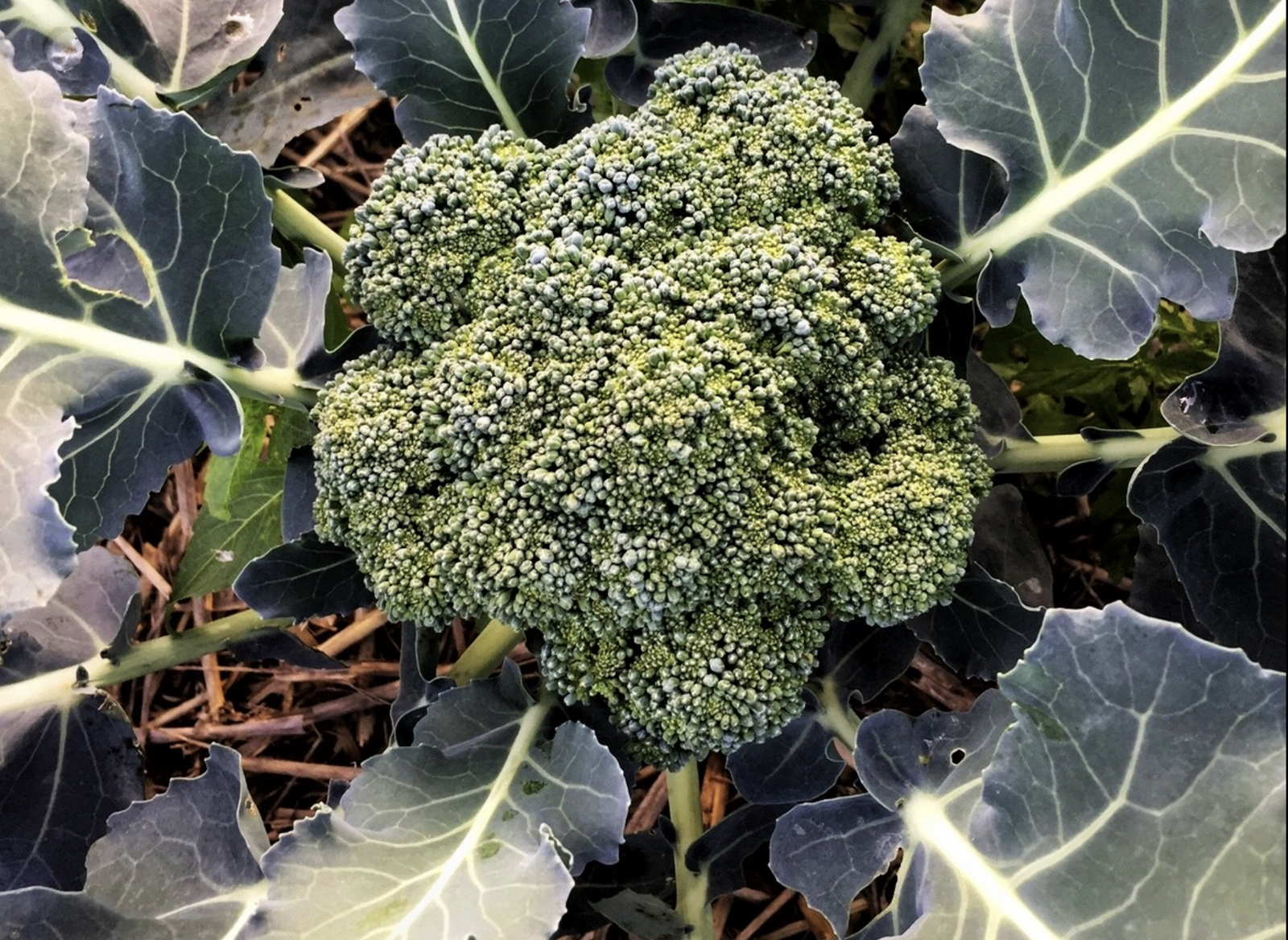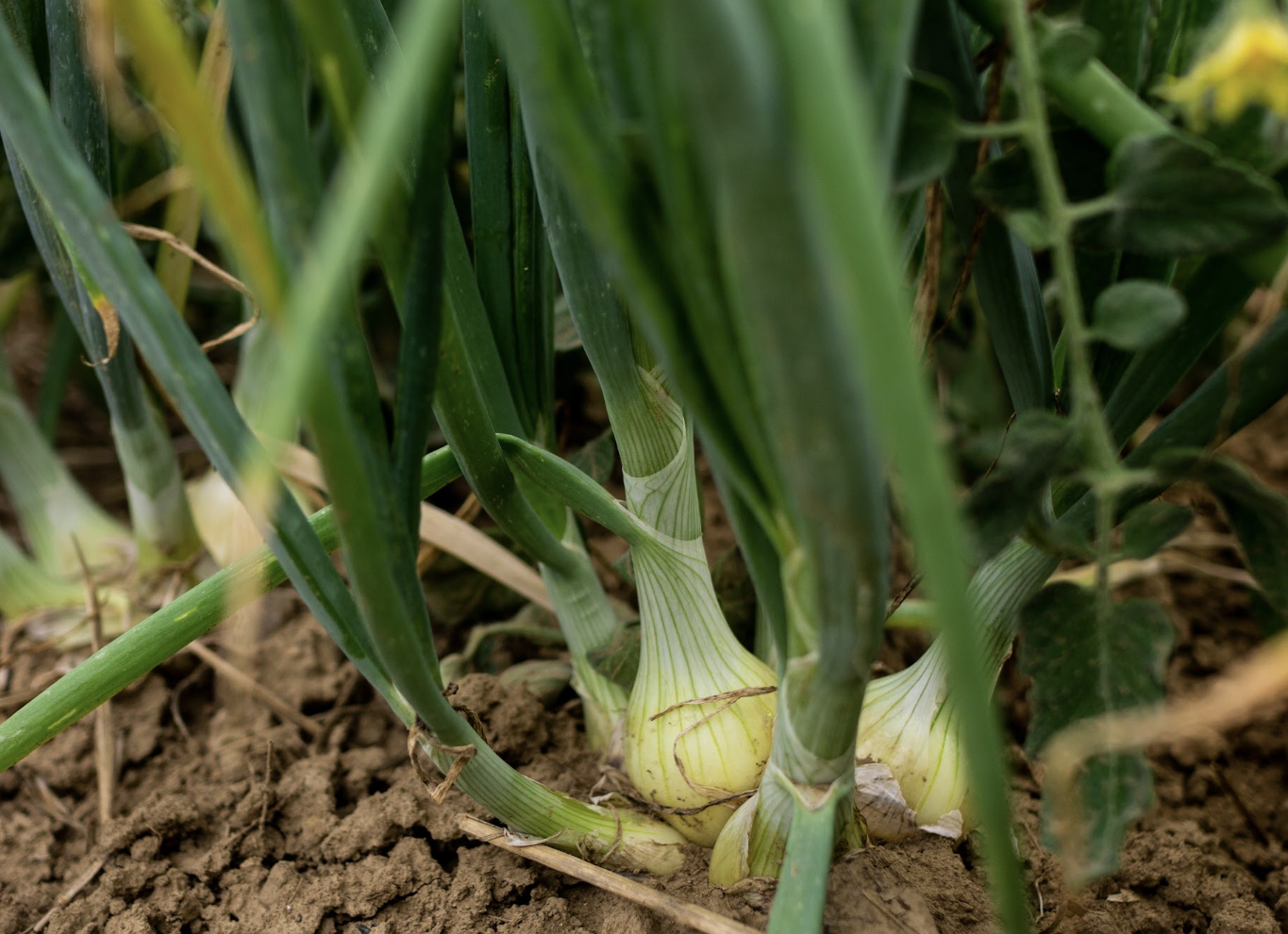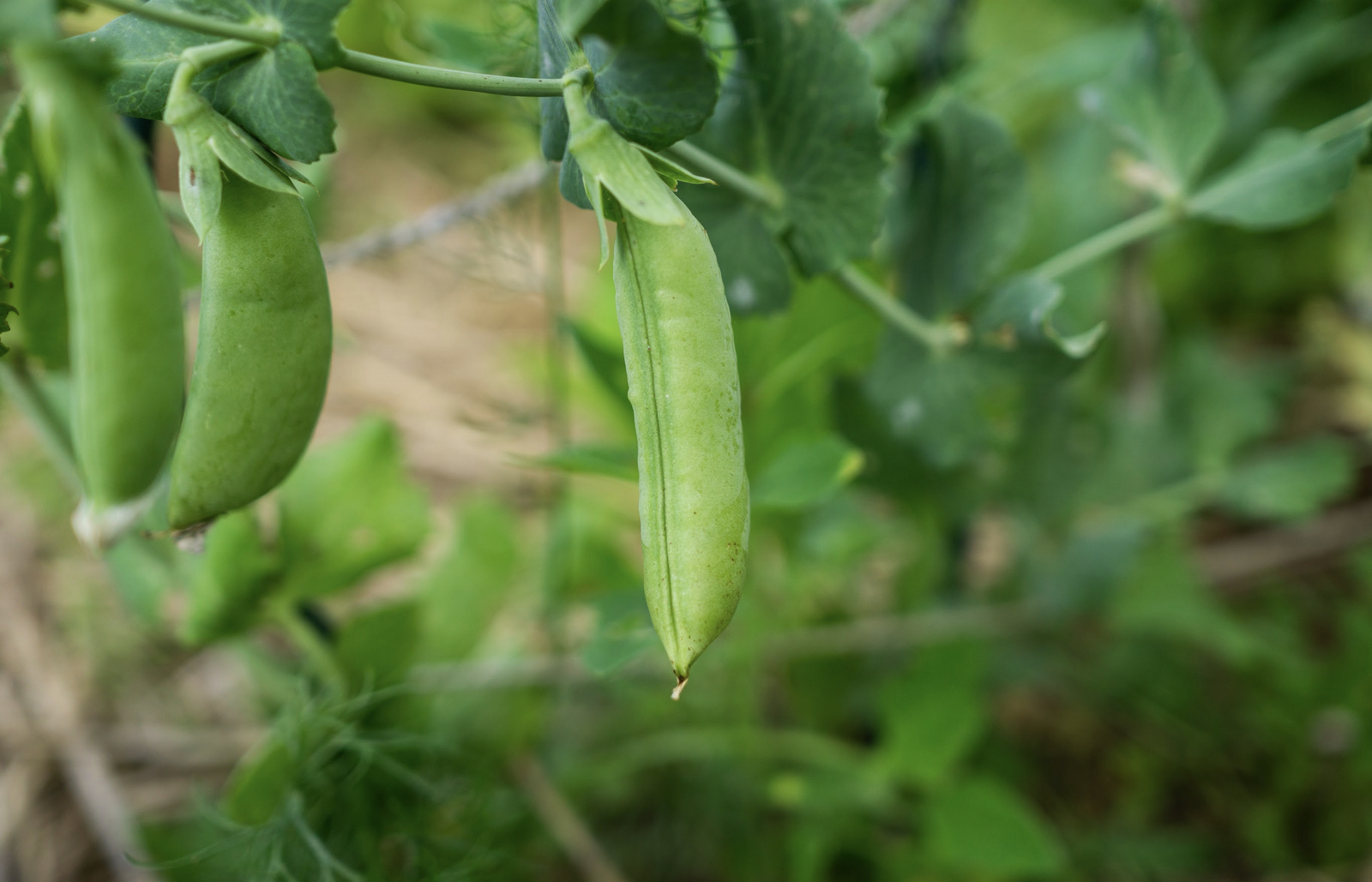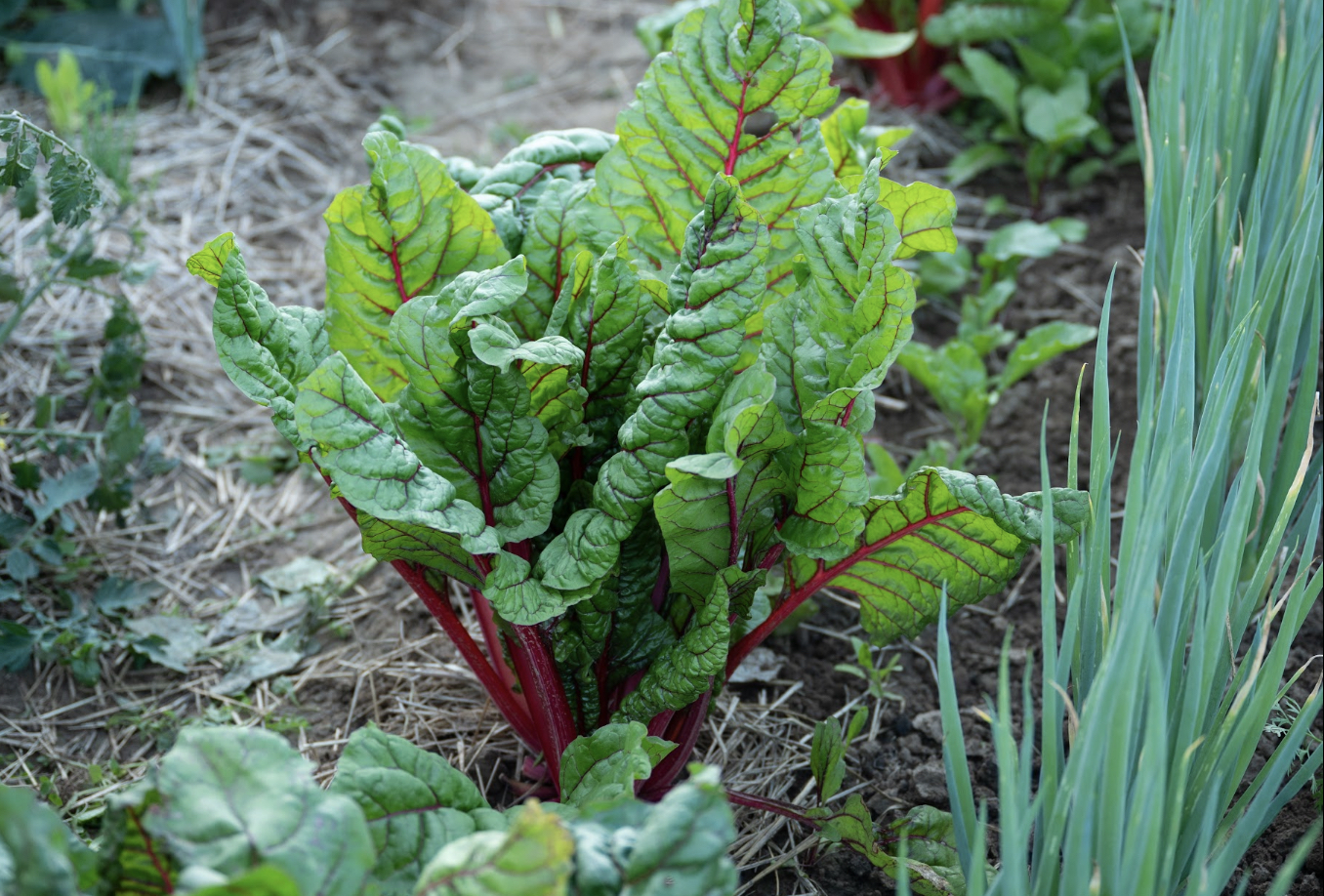Succession planting in the vegetable garden
Heavy-, medium- and light-feeders
There are a few things to consider when planning a sensible crop rotation. One important factor is the nutrient requirements of crops. A distinction is made here between weak, medium and strong growers. You can find tips on planning your crop rotation here in this article.
What is succession planting?
Within a year, you alternate between crops with different nutrient requirements on a bed (or part of a bed). In order not to deplete the soil, you should not have heavy-feeders in your bed all year round. Instead, you should alternate between heavy- and medium- or light-feeders.
Plan a succession plan
In a good succession plan, a 3-crop rotation consisting of a preceding, main and following crop is followed by green manure. This allows the soil to recover. The main crop can be either in summer or winter.
Good pre-cultures and post-cultures

- Good pre-crops: field beans, peas, lamb's lettuce, herbs, kohlrabi, chard, radishes, rocket
- Good post-crops: field beans, peas, lamb's lettuce, garlic, herbs, kohlrabi, chard, phacelia, radishes, radish, rocket, spinach
Examples: heavy-, medium- and light-feeders
Heavy-feeders (often main crops)

- Eggplant
- Cucumber
- Potatoes
- Cabbage
- Pumpkin
- Leek
- Corn
- Pepper
- Rhubarb
- Sweet potato
- Tomato
- Courgette
Medium-feeders

- Flowers
- Beans
- Strawberries
- Elephant garlic
- Fennel
- Kohlrabi
- Swiss chard
- Carrots
- Radish
- Beetroot
- Rocket
- Parsnip
- Lettuce
- Celery
- Spinach
- Onion
Light-feeder

- Pea
- Lamb's lettuce
- Garlic
- Herbs
- Radish
- Sunflowers
Green manure plants
- Buckwheat
- Lupin
- Oil radish
- Phacelia
- Mustard
- Vetch
- Beans

